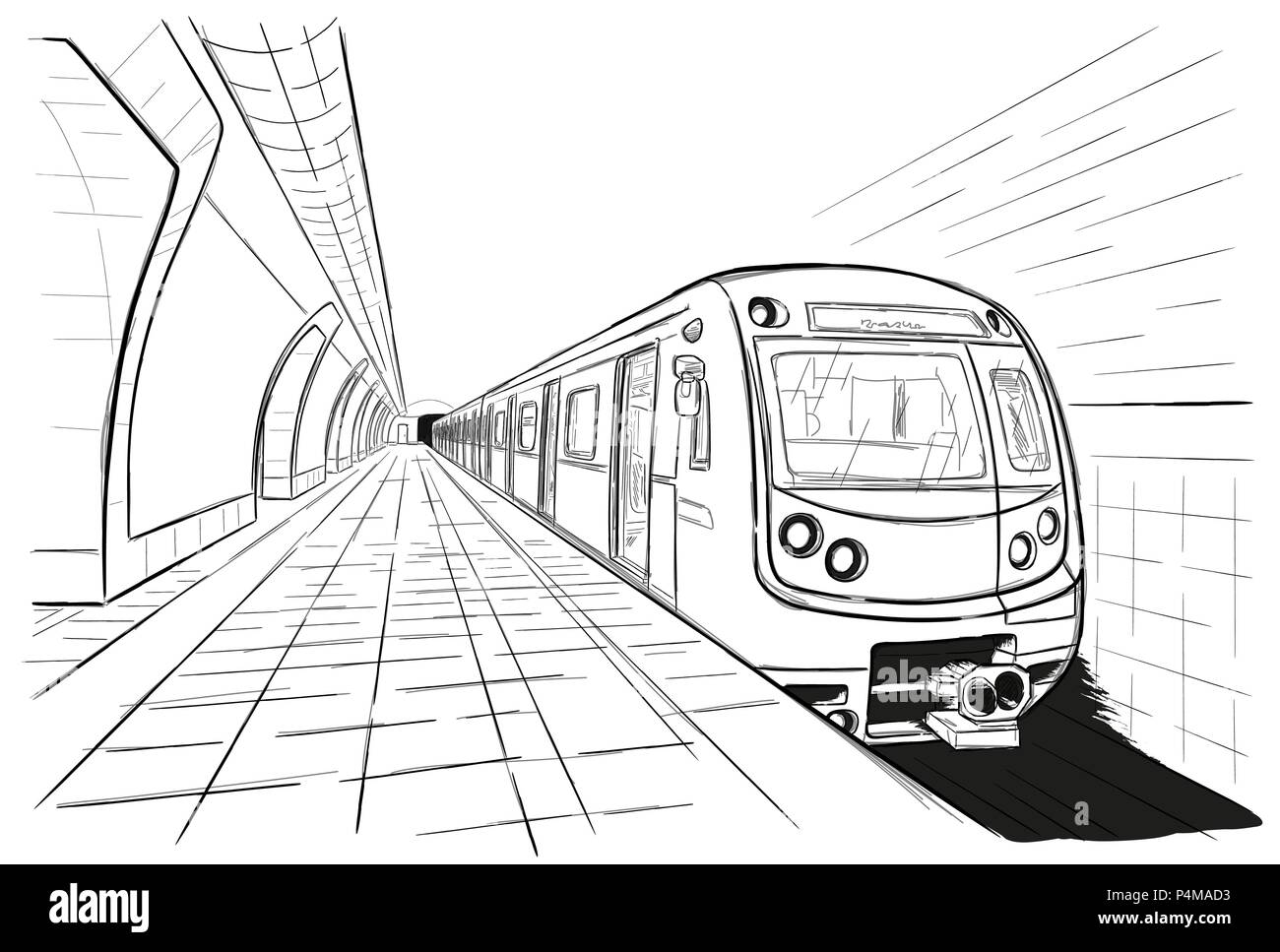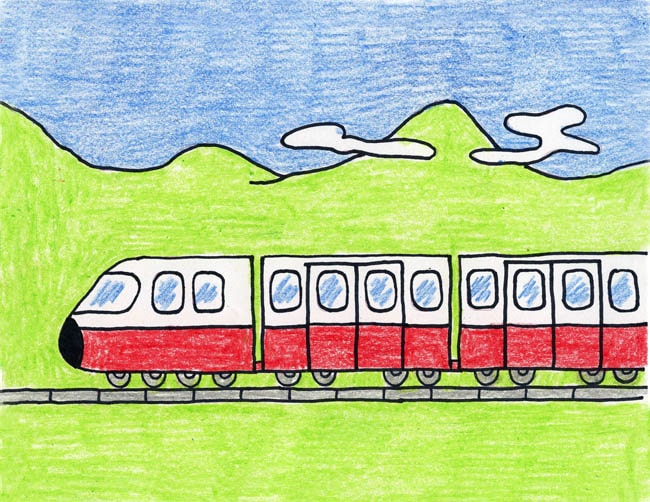

- #Train sketch pad how to#
- #Train sketch pad movie#
- #Train sketch pad install#
- #Train sketch pad code#
The film was dedicated to the memories of the creators of Spider-Man, Stan Lee and Steve Ditko, who both died in 2018. The pictures on this page are a collection of artworks created for this movie.Ĭharacter Design References (CDR) is an online platform that celebrates and showcases exceptional character-focused art within the realms of animation, illustration, games, and comics. The film required up to 140 animators, the largest crew used by Sony Pictures Animation. Lord and Miller wanted the film to have a unique style, combining Sony Pictures Imageworks' computer animation pipeline with traditional hand-drawn comic book techniques inspired by the work of Miles Morales co-creator Sara Pichelli. Persichetti, Ramsey and Rothman joined over the next two years, with Moore and Schreiber cast in April 2017. Plans for an animated Spider-Man film by Lord and Christopher Miller were leaked in 2014 and announced in April 2015. It was directed by Bob Persichetti, Peter Ramsey, and Rodney Rothman from a screenplay by Phil Lord and Rothman, and a story by Lord in 2018.
#Train sketch pad movie#
The output component will be a "label", which displays the top labels in a nice form.įinally, we'll add one more parameter, setting live=True, which allows our interface to run in real time, adjusting its predictions every time a user draws on the sketchpad.Spider-Man: Into the Spider-Verse is an animation movie produced by Columbia Pictures and Sony Pictures Animation in association with Marvel. To create a sketchpad input, we can use the convenient string shortcut, "sketchpad" which creates a canvas for a user to draw on and handles the preprocessing to convert that to a numpy array. In this case, the input component is a sketchpad. Now that we have our predictive function set up, we can create a Gradio Interface around it.

confidences: the top five predictions, as a dictionary whose keys are class labels and whose values are confidence probabilities.Then, the function converts the image to a PyTorch tensor, passes it through the model, and returns: Values, indices = torch.topk(probabilities, 5)Ĭonfidences = Probabilities = torch.nn.functional.softmax(out, dim=0) X = torch.tensor(img, dtype=torch.float32).unsqueeze(0).unsqueeze(0) / 255. LABELS = Path('class_names.txt').read_text().splitlines() We will simply load the pretrained model in PyTorch, as follows:
#Train sketch pad code#
If you are interested, here is the code that was used to train the model. Our model is a light 1.5 MB model trained by Nate Raw, that you can download here. Since many researchers have already trained their own models on the Quick Draw dataset, we will use a pretrained model in this tutorial. Set up the Sketch Recognition Modelįirst, you will need a sketch recognition model.
#Train sketch pad install#
To use the pretrained sketchpad model, also install torch. Make sure you have the gradio Python package already installed.

#Train sketch pad how to#
Let's get started! This guide covers how to build a pictionary app (step-by-step): We will be able to build the whole web application in Python, and will look like this (try drawing something!): Such models are perfect to use with Gradio's sketchpad input, so in this tutorial we will build a Pictionary web application using Gradio. Researchers have used this dataset to train models to guess Pictionary-style drawings. How well can an algorithm guess what you're drawing? A few years ago, Google released the Quick Draw dataset, which contains drawings made by humans of a variety of every objects.


 0 kommentar(er)
0 kommentar(er)
